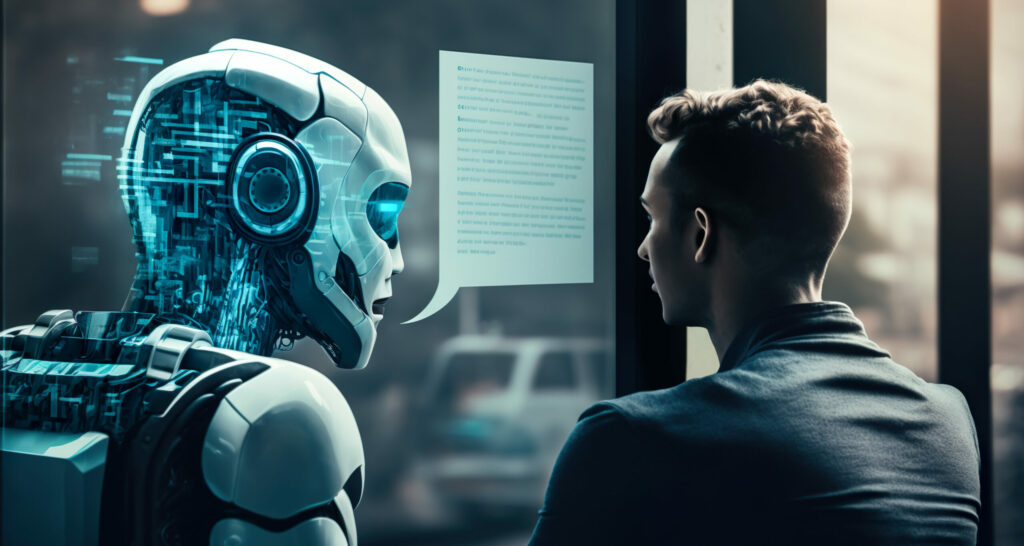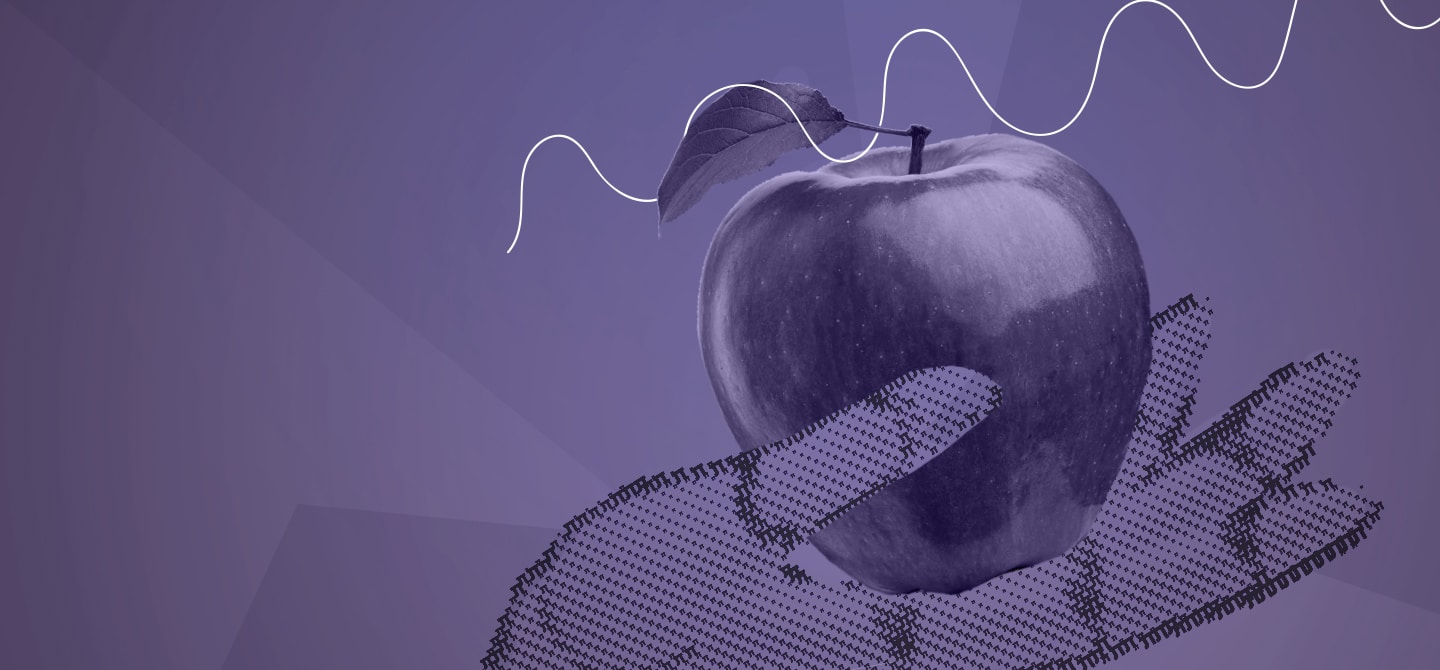Since the arrival of ChatGPT, there has been concern that we are going to be replaced by robots. Generative artificial intelligence, capable of assimilating and creating written, visual, or audio content, is often described as a threat to jobs. With each new major technological advance comes its share of debate and apprehension about impacts on the workforce. During the industrial revolution, manual workers were at the forefront of these major changes. Conversely, AI is now more relevant to managers and professionals. But what will be the real impact of this technology?
Together with Pawel Gmyrek and David Bescond, International Labour Organisation economist Janine Berg analysed the 436 occupations listed in the ILO’s International Classification of Occupations. The aim was to understand which types of jobs would be most affected by AI on a global scale. The authors used ChatGPT to analyse the tasks associated with the occupations and assigned them scores corresponding to their potential exposure. Some tasks are highly exposed to technology, others less so. The higher the exposure potential of an activity, the more likely it is to be automated.
For economists, the primary impact of artificial intelligence will not really be the massive destruction of jobs, but rather the profound transformation of work. For most professions, certain tasks will indeed be carried out by bots, but this will leave time for other, more complex activities. On average, 10–13% of jobs worldwide could be “augmented” or transformed. The first jobs to use this technology will potentially be warehousemen, delivery drivers, managers in the distribution sector, machine operators and assemblers, service and sales workers, driving instructors, drivers, waiters, architects, teachers, musicians, etc. In all, 427 million jobs, or 13% of jobs worldwide, could change because of artificial intelligence.
75 million jobs could be automated
Although the potential for change is much greater than automation, the risk remains very real, with 2.3% of jobs worldwide affected. Administrative jobs would be heavily impacted by automation. “Call centre employees, secretaries, data entry operators – simple, linear activities with little variation in tasks and little interaction with others – could be replaced by bots,” explains Janine Berg. In recent years, office workers have already seen their day-to-day work evolve. According to the experts, 24% of their tasks are highly exposed to AI, and 58% are moderately exposed. This is by far the occupation most at risk. This means that 2.3% of jobs worldwide, or 75 million, could end up being automated.
Our study should not be read as a reassuring voice, but rather as a call to develop measures to deal with the imminent technological changes
Artificial intelligence will clearly not affect all professions in the same way. The technology is also likely to have different consequences for men and women. Women will be 2.5 times more affected by automation than men, not least because there are more women in low-skilled administrative positions. Conversely, male-dominated professions such as security, transport and construction are unlikely to be affected. As a result, 3.7% of women’s jobs worldwide are at risk of being automated, compared with 1.4% of men’s jobs. This difference is even greater in rich countries, with 7.8% of jobs held by women likely to be replaced by bots, compared with 2.9% of jobs held by men. In low-income countries, fewer women are in the labour market, and low-skilled administrative professions are predominantly held by men.
Towards a productivity divide between countries?
The other major difference pointed out by the ILO economists depends on the wealth of the countries concerned. “In low-income countries, artificial intelligence is unlikely to be deployed. The technology is expensive, and there is a lack of infrastructure, with a poor electricity supply and poor internet connection”, explains Janine Berg. In fact, by 2022, a third of the world’s population will not have access to the internet. What’s more, the structure of the labour market in low-income countries makes them less susceptible to automation. In these countries, 0.4% of jobs could be replaced by bots, compared with 5.5% in high-income countries. In terms of possible changes to jobs, 10.4% of occupations are affected in low-income countries, compared with 13.4% in rich countries. In short, potential automation mainly concerns rich countries. They will be more disrupted by AI, but they will also be able to take advantage of it. “This situation could create a productivity divide between rich and poor countries”, says the economist.

While there are nuances depending on the region of the world, the study broadly envisages the integration of AI into everyday life. Replacing humans with bots is not on the cards for the time being. “This approach could have been expected to generate an alarming number of job losses, but is not the case. Our overall estimate points more towards a future where work is in fact transformed, but still present”, the economists summarise. However, this evolution of work must take certain issues into account to avoid a negative impact. “Our study should not be read as a reassuring voice, but rather as a call to develop measures to deal with the imminent technological changes”, explain the authors.
Thinking through and organising the deployment of AI
Janine Berg believes that generative AI is fundamentally neither positive nor negative. It all depends on how the technology is deployed. The economist details a number of actions that governments need to take: “reflecting on the question of the balance of power, the voice of workers affected by labour market adjustments, respect for existing standards and rights, and the appropriate use of national social protections, as well as training systems will be crucial elements in steering the deployment of AI in the world of work.”
It is not just a question of observing how this new technology is applied, but of supporting it with reflection and measures. The aim is to ensure social dialogue, redeployment or training for employees affected by automation, and employee participation in the introduction of AI for those whose tasks will be transformed. “If we don’t put measures in place, and these systems arrive, more jobs than necessary will be lost. Working conditions will deteriorate. There may be short-term gains for some companies, but there will be social consequences,” warns Janine Berg.




















